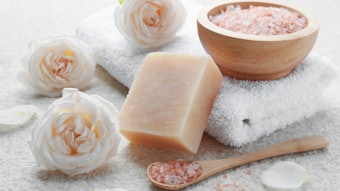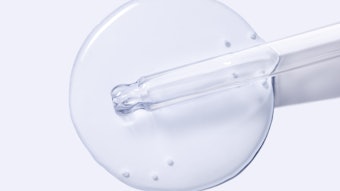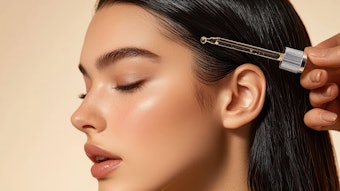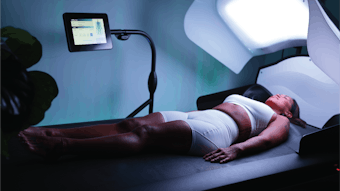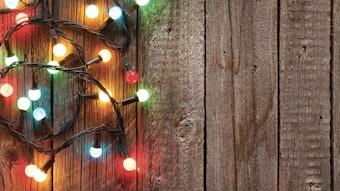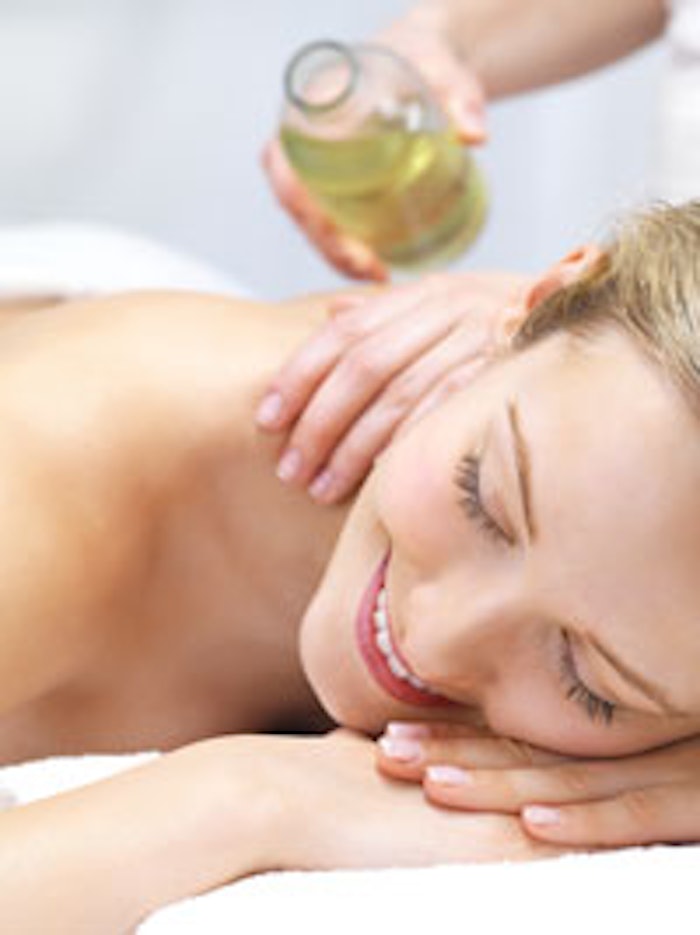
After seeing a decrease in the first quarter of 2014, the Professional Beauty Association's (PBA) Salon/Spa Performance Index (SSPI) continued to decline slightly by 0.2% in the second quarter 2014; its lowest level since 2012. This decrease is due in large part to a dip in expectations indicators including a less positive outlook on the overall economy and less capital spending.
The SSPI is a quarterly composite index that tracks the health and outlook of the United States salon/spa industry. The SSPI is based on responses to PBA's "Salon/Spa Industry Tracking Survey," which is fielded quarterly among salon/spa owners nationwide on a variety of indicators. It is constructed to measure the health of the salon/spa industry in relation to a steady-state level of 100. Index values above 100 indicate that key industry indicators are in a period of expansion, while index values below 100 represent a period of contraction. The Index consists of two components: the Current Situation Index and the Expectations Index.
"The professional salon/spa industry remains resilient despite the decline it's experienced this year. Overall indicators and feedback from beauty professionals across the country continue to be positive and we hope to bounce back from this decline for the latter half of 2014," said executive director of PBA, Steve Sleeper.
Despite the overall decline, the Current Situation Index, which measures current trends in five industry indicators (service sales, retail sales, customer traffic, employees/hours and capital expenditures), increased to 100.7%; up 0.3% from the first quarter. The Current Situation Index has remained above 100 for the seventh consecutive quarter, which marks expansion in the industry indicators.
Stronger retail sales and customer traffic levels significantly contributed to this increase. Forty-one percent of salon/spa owners reported an increase in retail sales, which is up 10% from the first quarter in 2014. Similarly, 33% of salon/spa owners reported an increase in customer traffic. Staffing levels also registered a net increase for the fifth consecutive quarter, while salon/spa owners also reported a net increase in employee hours.
The Expectations Index, which measures salon/spa owners' six-month outlook on five industry indicators (service sales, retail sales, employees and hours, capital expenditures and business conditions) slightly decreased to 103.8, down 0.7%. However, like the Current Situation Index, the Expectations Index continues to remain above 100 as well, which indicates that salon/spa owners are optimistic about growth in the coming months.
Breaking down some of the results, Salon/spa owners were most positive on growth relating to service sales, retail sales and staffing levels; 63% of which are expecting to see higher service sales within the next six months. Similarly, 56% of spa and salon owners expect to have higher retail sales in the next six months, while 48% are planning to increase staffing levels. Regarding the overall economy however, only 50% of salon/spa owners expect to see improvement; declining 8% from last quarter. Similarly the proportion of salon/spa owners who are planning for capital spending fell to 39%; down 17% from last quarter.
The full SSPI report and the "Salon & Spa Tracking Survey," along with other helpful research on the professional beauty industry, can be found at www.probeauty.org/research.
